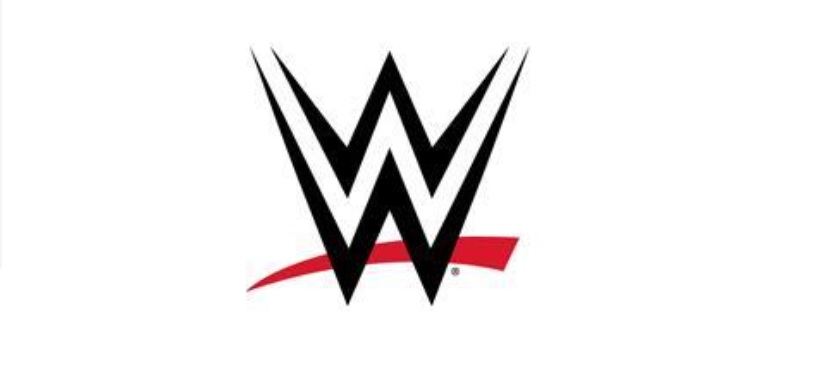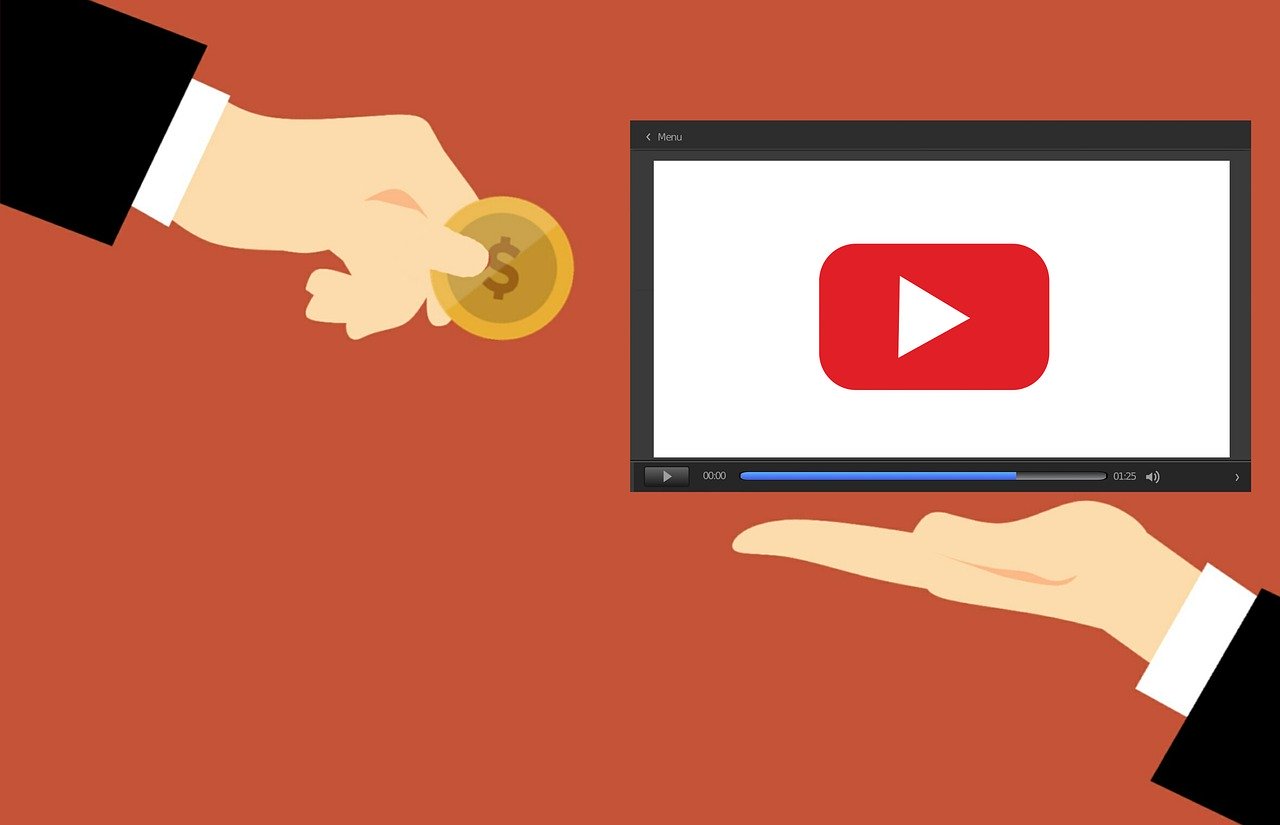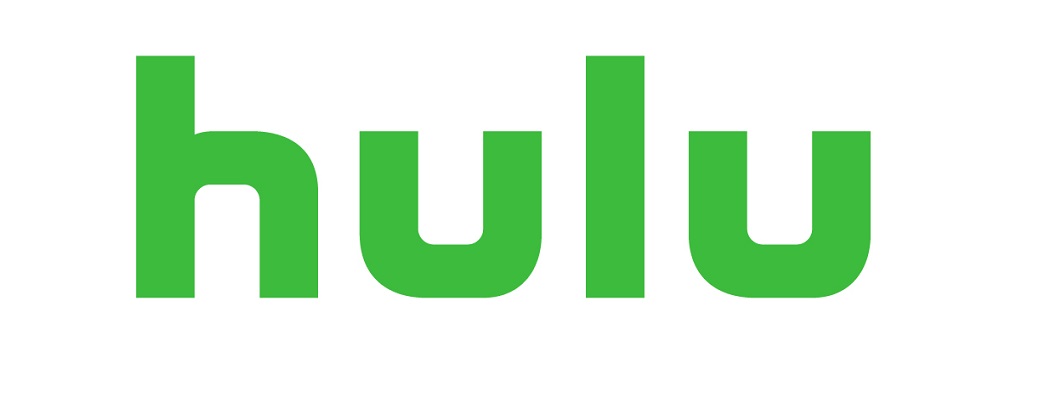Next TV has been paying close attention to streaming services backed by major publicly traded media companies. And so has Wallstreet. It’s very easy to see what a publicly traded company makes per year and per quarter because they are legally required to put the information out there. And so we know for instance that Disney lost over 4 billion on its streaming efforts last year. Of course, the company overall made money, because Disney is not a streaming startup. It’s a giant company that offers streaming as part of gearing up for the future TV marketplace.
This is the case with other streaming services that keep making headlines for losing money. Warner Brothers Discovery’s HBO Max and Discovery+ may not have set the world on fire as far as profits. But they do have the attention of the public and they have a substantial number of subscribers. And they are not meant to be the cash cow of their cooperate family. Peacock (Comcast) now has 20 million paid subs. That service recently ditched the option to let people sign up without paying monthly. None of them are making money from their streaming services yet? And why? Because they have not been here long enough to become institutions. And because they all got into the game trying to make a splash with big spending and programmatic plays.
As people continue to drop cable what do the Wallstreet wizards think they will watch on a day-to-day basis? Over time more will turn to streaming services. But they will probably not turn to all of them at the same time. None of them will ever see growth like Netflix and Amazon Prime Video.
The thing is that a lot of companies that got into the streaming game on the heels of Netflix, Amazon, and Hulu kind of learned all the wrong lessons from their predecessors. They don’t seem to understand why they made it. Those companies solved problems. More importantly, they were solutions to things that really annoyed people.
When Netflix launched, it was not trying to be a cable replacement. Cord cutting was not even a thing. It was out to solve the problem of late fees and exploit customer dissatisfaction with Blockbuster Video. It was the inexpensive way to see movies and TV series at home without driving, showing up to find what you wanted was not in and then waiting in line for what you settled for. If you remember Netflix had a waiting list/que. This meant customers knew that no they would not see this or that movie yet, but they knew what was coming next and they were the ones that picked it out. Heck at the beginning Blockbuster was approached as the face of the whole idea. They turned it down.
Netflix was also not trying to displace another streaming company. Its streaming options began as a bonus to the popular and thriving DVD-by-mail model. Content owners were eager to sell the right to stream their shows and movies to Netflix on the cheap, because they didn’t foresee what streaming would become. And they also didn’t have a platform to do the same thing so to them it was like a new way to do syndication and distribution. So Netflix grew its streaming offerings very quickly and it got an assist from Nintendo. The Nintendo Wii was already in lots of living rooms and was very popular before streaming was a thing. Before Roku moved out of the hobby stores and had sections at big box stores the Wii and Netflix became synonymous. People would tell each other oh get a Wii. It’s fun and interactive. The whole family can play along, and you can watch movies on it with Netflix if you are already paying for the DVD thing. So people started downloading it because why not, it didn’t cost anything extra. It became ubiquitous in streaming because there was very little like it and it just made every single one of its customers who had its original service streaming customers. Then, as the catalog expanded it became a reason to own a streaming device VS as an add-on to a game platform. There was no extra fee or buy-in needed. You could watch movies on the same site that you ordered the disks or see them on TV with that Ruko thing or Apple TV.
The guys at FOX, Disney and Comcast, who were eager to sell their old unwatched TV shows and get a little cash from their movies to go along with the tons they got from all those home video sales, got the bright idea that maybe they could make money by putting current content online via their websites and then Hulu. People forget, that was free with adds like Tubi or Pluto TV is now, but it had the draw of being the home of what was on just last night. It was also exclusive to computers. It didn’t really bother with movies early on, though it did try with the arthouse Criterion collection. It was such a weird sell. Hey watch the Simpsons and this black-and-white foreign film. Amazon, which was also still gaining its footing in its core business began selling on-demand movies as an alternative to Netflix, which did not stream current hits.
And that was the streaming landscape for years. Eventually, both Amazon and Hulu became more like Netflix with large collections of movies, and TV shows available for either a monthly cost or Amazon’s pioneering bundle system that put its streaming library in with Prime (sort of like Netflix did before it). Again Amazon simply said hey you millions of people who like getting things shipped without extra fees and reading eBooks, now you can watch stuff too. And just like that Amazon Prime Video launched with millions of paying customers.
On the other hand, everybody who has come along since has taken a totally different approach.
The legacy media companies saw the popularity of what Netflix had become over time and said hey we should do that! But they were not solving a problem. There were not millions of people who wanted to replace Amazon Prime with something from Warner Media. There were not millions crying out about unfair practices at Netflix ruining their credit over a 20-dollar fee. So when HBO “Now” and “Showtime” launched there were two problems. People already knew them and had already decided TV was fine without them and they were an extra cost when people already had gotten used to paying for other services, which were by then producing original content. CBS All Access (later Paramount+) jumped into the fray marketing CBS content and immediately commissioned a number of originals that went nowhere. It did not help Peacock to be last in line but everything after Netflix, Hulu and Amazon Prime Video had the same thing in common. They were just like what already existed on their far better linear brands. And to add them meant spending more money for a specific streaming service. The new services had to sell themselves the old-fashioned way. Yeah you have Brand X over here with its presidential drama, but we have better stuff and it’s only more than twice the price. But its worth it because we are HBO. Remember, Netflix did not start by convincing people to give streaming a try. It started because people wanted an easier way to rent movies and avoid late fees. Amazon saved people on shipping and eBooks, and also had movies and shows. What did HBO do to make anybody’s life more convenient? Nothing. Did getting CBS-All Access make it easier to get Christmas presents? Nope. The same goes for every niche service and every major branded thing that has rolled out in the past 5 years.
Those companies will never be Netflix. Because they are imitating step 4 instead of asking the question “What do people hate about something they do all the time and how can we fix it?”
There is one service that is in a place to get bigger and more profitable in time. Paramount+. Why? Because it will pick up more viewers as Walmart+ grows. It was an understated yet brilliant move on its part to get that partnership. Because while not many people will get Walmart+ just because it comes with Paramount+, lots of people like to have things delivered to their homes, especially groceries. It’s like a combo of what Netflix and Amazon offered to become major players. With Walmart+ you can get things you want with no line, no crowd, and most importantly no Walmart parking lot. And it comes to your doorstep with no fee with the added bonus of streaming. Beer and chips and ice cream are brought right to the porch and now you can stream Top Gun! Heck, you can order a new Roku or Fire Stick or one of Walmart’s ONN-branded streamers to take advantage of the free streaming service if you don’t already have one. It saves gas, time, and if you have been to Walmart when it’s really packed you will understand when I say sanity. Certain types might turn their noses up at Walmart in favor of their favorite overpriced store. But there are millions and millions of people who would just assume not to overpay for bread, soda, butter, and other basics who could also use a package of new socks and or underwear.
There is one other service that answered a need. Disney+. It became the place where Disney fans could watch all of the Disney catalogs without worrying about what was “In the vault” which of course was a Disney-made problem. But even more importantly it meant that they no longer had to have a DVD collection of Disney movies with packages all over the place and the wrong disk in the box when their kid wanted to watch The Incredibles for the 80th time. The reason it is not profitable yet, despite millions of subs is that it is investing in all of those original series instead of selling them to other distributors. My guess is that it is going to turn things around soon. Disney+ solved the problem of the clutter from boxes, the crying, and not being able to find that childhood favorite anywhere else other than the Disney Movie Club (again a Disney-made) problem.
It should be noted that Netflix and Amazon did not make money for years. There were a lot of startup costs associated with both. But they were not under the scrutiny that the legacy companies are under. Legacy company investors say, “Hey you started this new thing and it isn’t making money like the old thing did harumph harumph.” The legacy companies though, while in a reactionary position, reacting to both losses in traditional pay-TV and the rise of streaming, are playing the long game. Eventually, the easiest way to get the content they own will probably be their streaming services. If very few people have HBO via cable the ones who want it will get HBO Max. The same goes for Peacock. As long as the success of the streaming companies is judged purely in comparison to how well MASH performed on a weekly basis nothing will ever match up. But the days of only 3 networks are not walking through that door.
Failing streaming services. Hear this. If you want to take off like a rocket, find a way to solve a regular person’s problem and you will solve your profitability problem.






